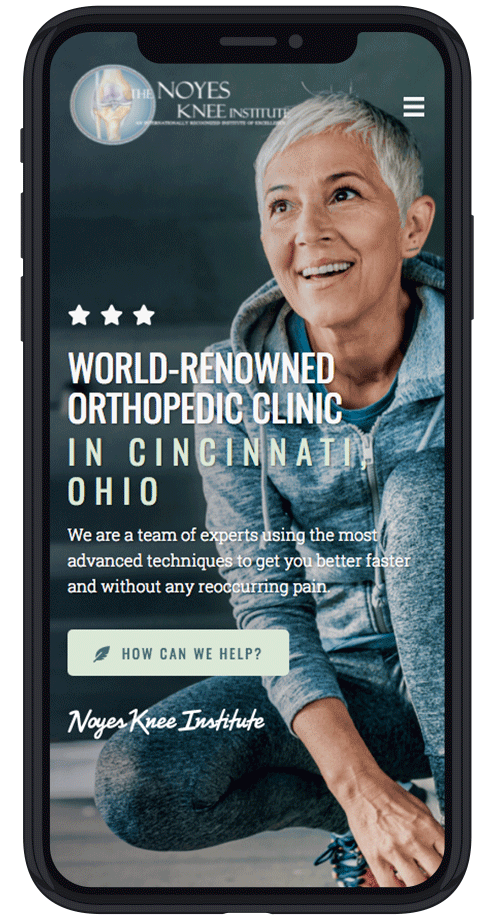Published On
Category
Getting knee replacement surgery might be your best shot at living an active and pain-free life. Yet, with the surgery comes the need for some lifestyle modifications and adaptations. Below are some things you can expect post-operation and signs that you need to see your knee surgeon again.
Adjusting to Your New Knee
There are important steps taken before surgery to improve nutrition and optimize the patient. If there has been an increase in body weight that commonly occurs due to decreases in overall activity, there should be counselling and weight reduction program started. For every pound you weight, there is four times multiple of pounds placed on the knee joint that may affect the final result of surgery.
Knee replacement surgery is highly sophisticated and modern treatments are initiated at surgery to decrease the risks of surgery and implant a knee replacement in a highly accurate manner. Your surgeon will explain the different surgical procedures that are used and hopefully decrease your anxiety and nervousness about undergoing surgery. Oftentimes at your therapy visits you will see and have the ability to talk with patients that have just undergone surgery that is very helpful to understand the overall treatment program.
It is important to be under the care of a surgeon and physical therapy team that starts your evaluation and treatment prior to surgery and prepares you for the surgery and this team takes over immediately after surgery. You will usually require two therapy visits a week for the first 4-6 weeks, to regain knee motion, prevent joint stiffness and scar formation and perform exercises for the return of muscle function. We advise this immediate therapy approach within the first days after surgery. You also will be instructed on a home exercise program that is highly important to carry out for a successful result.
After a knee replacement surgery, it might take six to 12 months or longer before you can recover fully. But you can go back to your day-to-day activities sooner. For instance, you can get back to driving after four to six weeks, depending on what your knee surgeon suggests or which knee got replaced. If it is your left knee and your car has automatic transmission, you can get behind the wheel in a couple of weeks.
Resuming work is another crucial part — if you work from home, you might be able to resume in less than two weeks. Otherwise, it might take you up to six weeks before you can return to work. It would be best to explain your condition to your employer. That will help you transition back to work at a realistic pace.
It is necessary to refrain from rigorous activities until you have recovered. For instance, you might have to postpone your travel plans since sitting on a long flight will be quite uncomfortable post-surgery. If you have to travel, take extra caution. Consider wearing compression stockings and stretching your knee every hour or so.
During your healing process, you might experience moderate to severe swelling. But the swelling reduces with time. Your knee surgeon may prescribe medical treatment to reduce swelling. Your physical therapist will use Ice therapy, compression knee dressings, TED hose and exercises to reduce knee swelling.
Some pain is also expected following a knee replacement surgery. Like swelling, it will subside over time. In case of severe pain, your doctor will prescribe pain relievers. Massages and physical exercise should also help with the pain.
You might also notice a purplish discoloration around your knee. This is an indicator of a small amount of blood gathering under the skin and is usually not a problem. Your health care provider will usually prescribe an aspirin program, or in high risk patients, a blood thinner to combat deep vein thrombosis.
When to Revisit Your Knee Surgeon
Some patients may develop complications following the operation. The complications may occur shortly after the surgery or several years later. One of the things outside the normal range is persistent pain and swelling. This could be an indicator of loosening, wear, or infection.
Another sign that is not normal is a decline in knee function. This is characterized by limping, stiffness, or instability. If you experience such signs, the best course of action would be visiting a knee surgeon. The doctor will assess your situation to determine if you need second knee surgery. If you do, the surgeon will conduct a wide range of tests and imaging modalities.
Are you looking for a surgeon and experienced therapy team to take care of all your knee-replacement needs? Noyes Knee Institute is here for you. The institute is led by Dr. Noyes, who boasts extensive experience in the field. Book your appointment with Noyes Knee Institute today.

